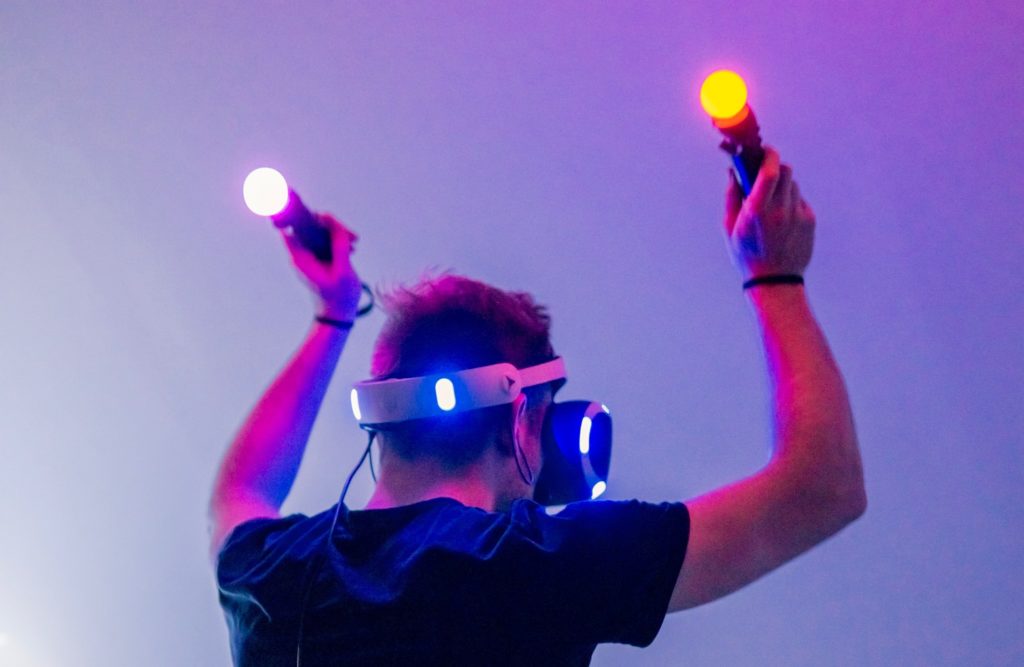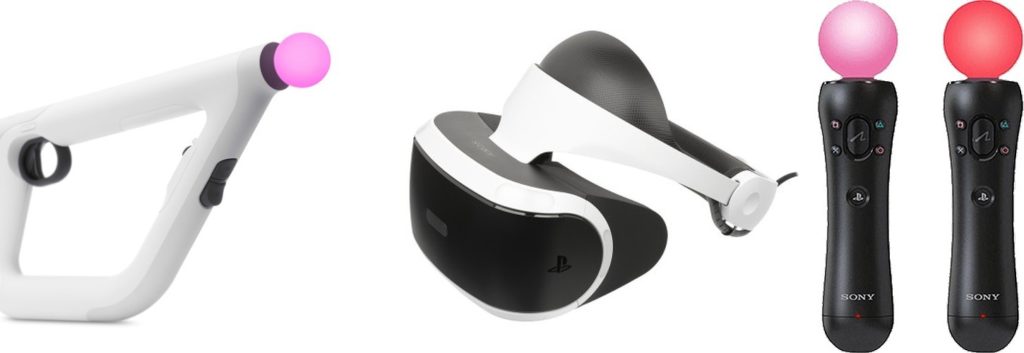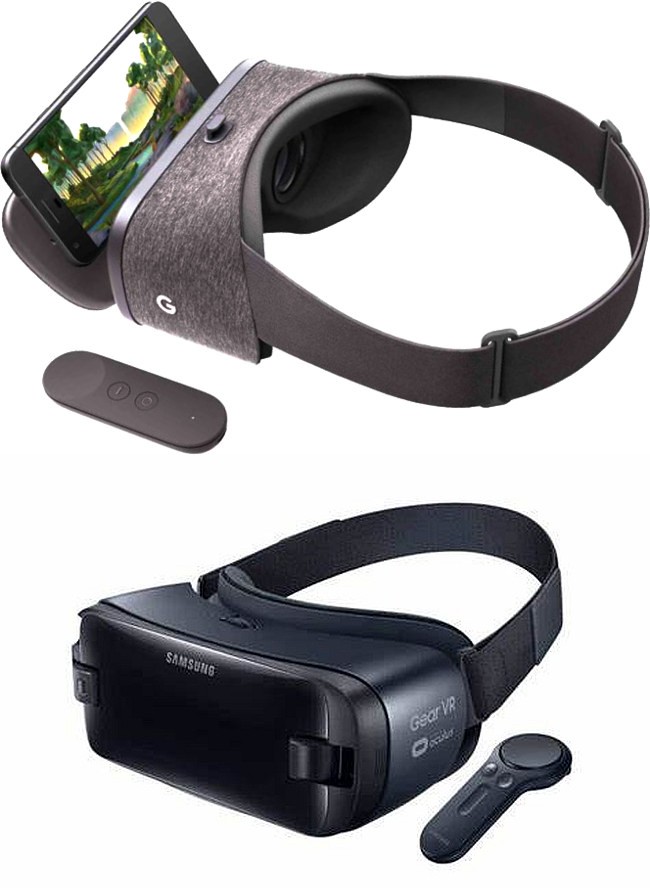
Virtual Reality Curious?
Thinking of getting into virtual reality, but it seems expensive and complex? Let’s break down the options.
You want to get into virtual reality, but there’s so many options whizzing around out there, where do you start? Here I’ll explain some of the options and help you make a more informed decision on what virtual reality hardware is best for you.
The first decision you have to make is what it is you want to do with VR. Between one-third and one-half of people using virtual reality use it for gaming. Gaming is the single largest application of virtual reality, and there are a lot of games out there to support that.
To game in a virtual world, you should decide whether you plan to use a computer for gaming, or a console. And by console I mean Sony’s PlayStation 4.
Console-based VR Gaming
If you’re a hardcore gamer and you have a mad rep on Sony’s PlayStation Network, then the PlayStation VR is for you.
There is a controller that simulates a gun, the PlayStation VR Aim, and there are motion controllers, the PlayStation Move Motion controllers, depending on the type of games you play. PlayStation’s VR system uses the camera to track the headset, so you’ll need that as well.

Sony bundles games and VR equipment together, and there are a variety of bundled offerings, so look for the bundle that includes the game you’re most interested in.
If you’re looking at buying used, be aware that there are two versions of Sony PlayStation VR: CUH-ZVR1 released in 2016, and CUH-XVR2 released in 2017. The two versions are not 100 % cross-compatible, so get all your gear in one version or the other.
If you’re not already established on PlayStation Network, PC-based VR is probably a better option. You can game on PC-based VR as well, AND you have other options on the PC as well.
Mobile Based Virtual Reality

There are a couple of low-cost virtual reality options out there based on mobile phones. These setups involve using your smart phone as the VR display. You mount the phone into a headset, and an app uses your phone’s display to present the VR content. This is the cheapest virtual reality option, but not the best. Although the price makes it tempting, there are two reasons not to go this route. There are two main options in this category: Samsung Gear VR and Google Daydream.
First, the quality of the experience is sub-par. The phone’s display and processing power aren’t enough to generate the high resolution images at the fast frame rates you need for a good virtual reality experience. You will be left not sure if virtual reality is really for you if you use mobile VR as your deciding experience.
Second, manufacturers of mobile VR are moving away from it. Oculus recently announced that developer support for Samsung Gear VR is being discontinued. Samsung Gear VR relies on this programming interface from Oculus to create VR content for Gear VR. This means no new content can be developed for it, which is essentially a death knell. Additionally, the Samsung Note 10 won’t support Gear VR either. On the Google front, neither their Pixel3a or Pixel 4 phones support Daydream.
Going the mobile VR route seems to be a dead end at this point.
PC-Based Virtual Reality
This is the best virtual reality option. It offers a great experience, and flexibility of use. It’s good for gaming of course, but also for other media and entertainment options.
In this category the popular options are HTC’s Vive, and Quest, Rift, Go, and Rift S from Oculus. There’s a lot of ground to cover, so check out our post on PC-based virtual reality for more detail on those options.